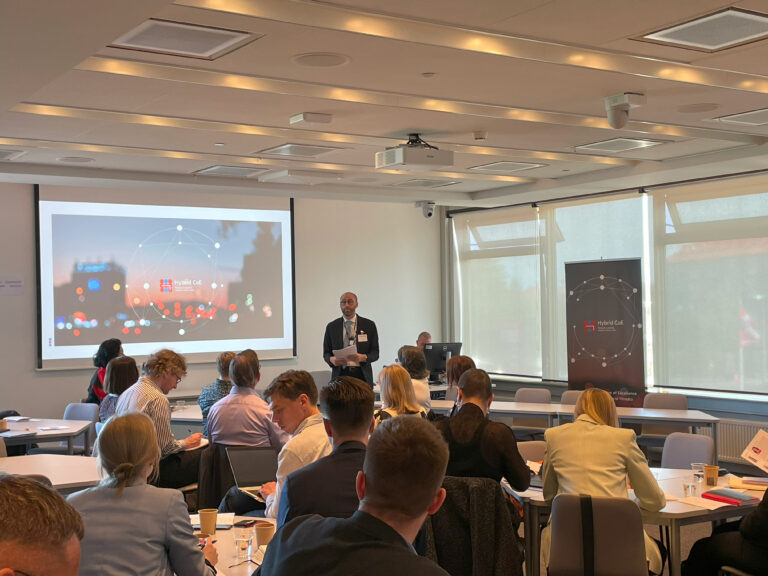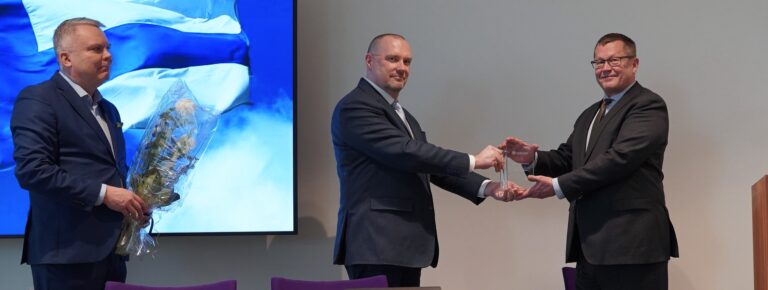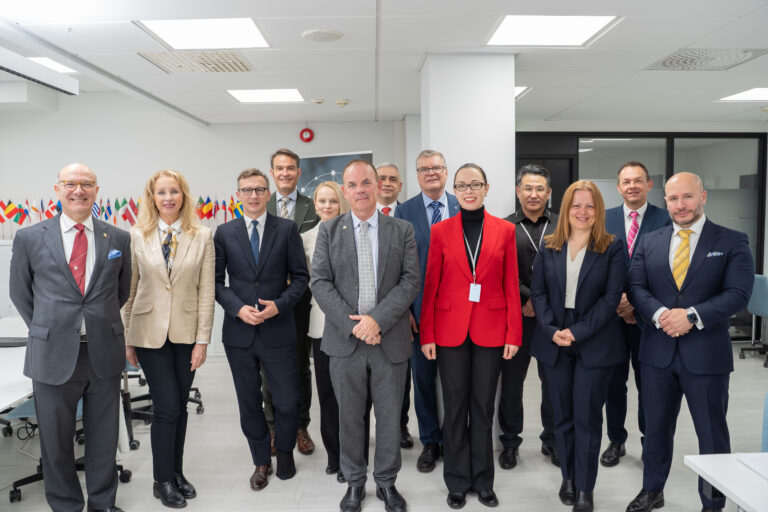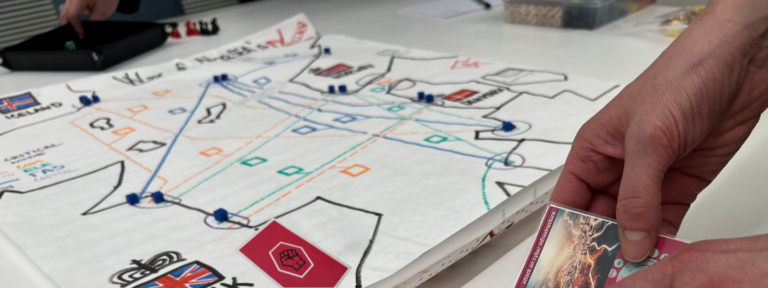Russia renewed its daily ongoing information aggression in 2013–14 in connection with the Revolution of Dignity and the annexation of Crimea, which generated heightened demand for countermeasures across the Euro-Atlantic. This Hybrid CoE Research Report presents the results of a questionnaire sent to Hybrid CoE’s Participating States, the EU and NATO to map their counter-disinformation tools and policies; and qualitative insights based on the discussions of an annual workshop organized by Hybrid CoE.
While many good counter-disinformation measures are in place across the Euro-Atlantic region, the data from the questionnaires show that many practitioners in EU and NATO countries believe their counter-disinformation work is under-resourced. Moreover, there seems to be a lack of established mechanisms for cooperation between the authorities and the non-governmental sector. While many countries are implementing tools to raise awareness of disinformation, they are doing less to limit or punish the perpetrators.
Hybrid CoE’s qualitative and quantitative analysis shows that a few countries are using innovative tools to counter disinformation, and this could serve as an inspiration for the rest of the community: examples and case studies are included throughout this report.






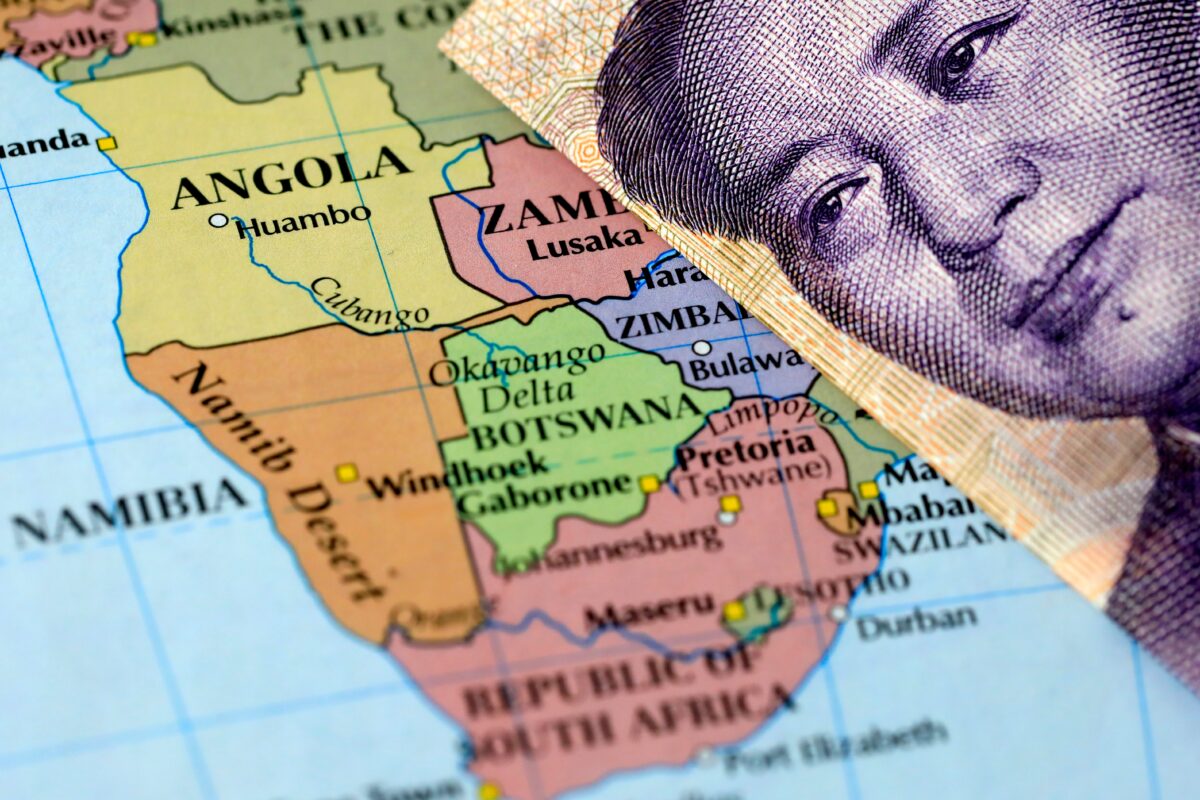


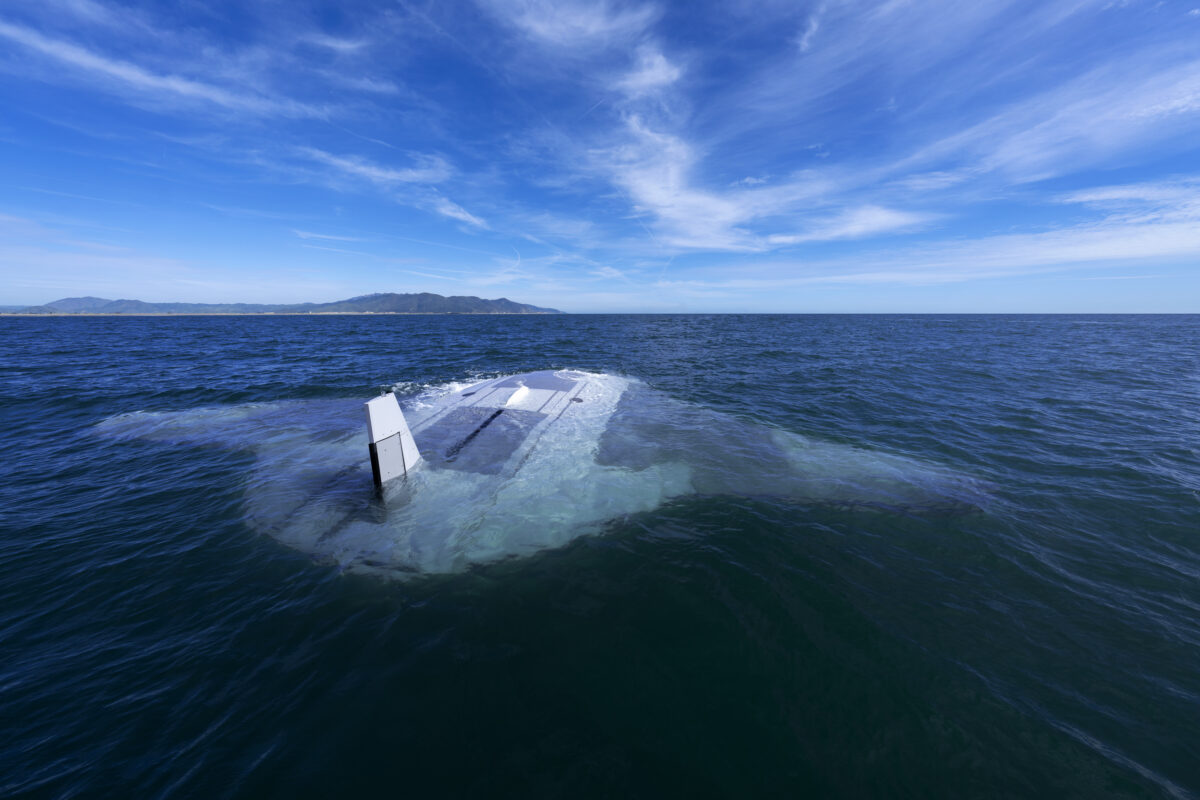

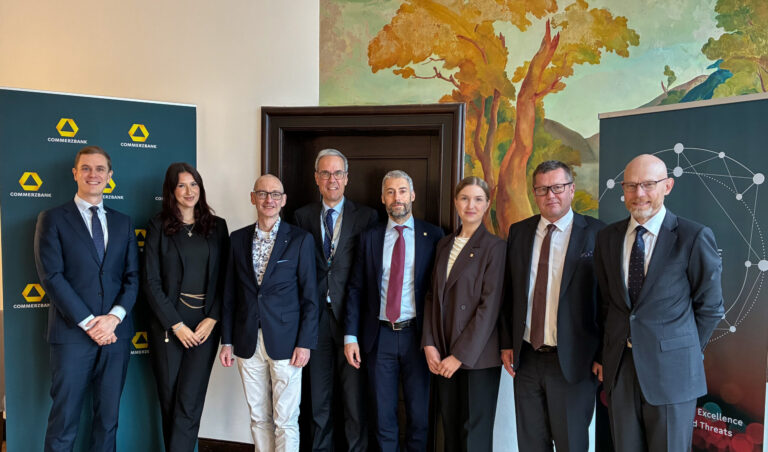



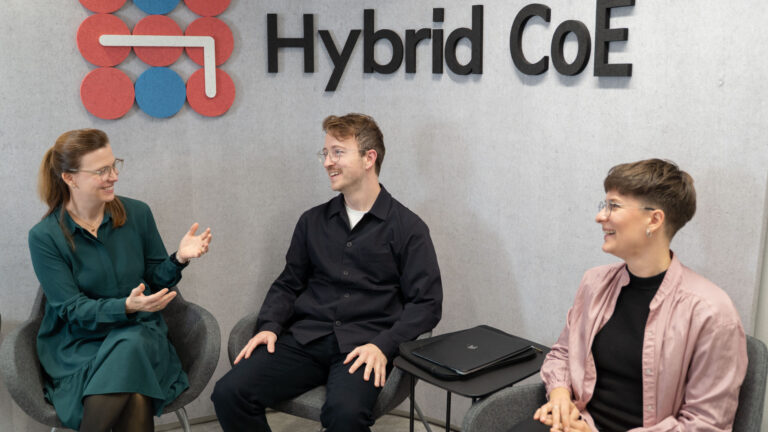


 Hybrid CoE Research Report 15
Hybrid CoE Research Report 15 

